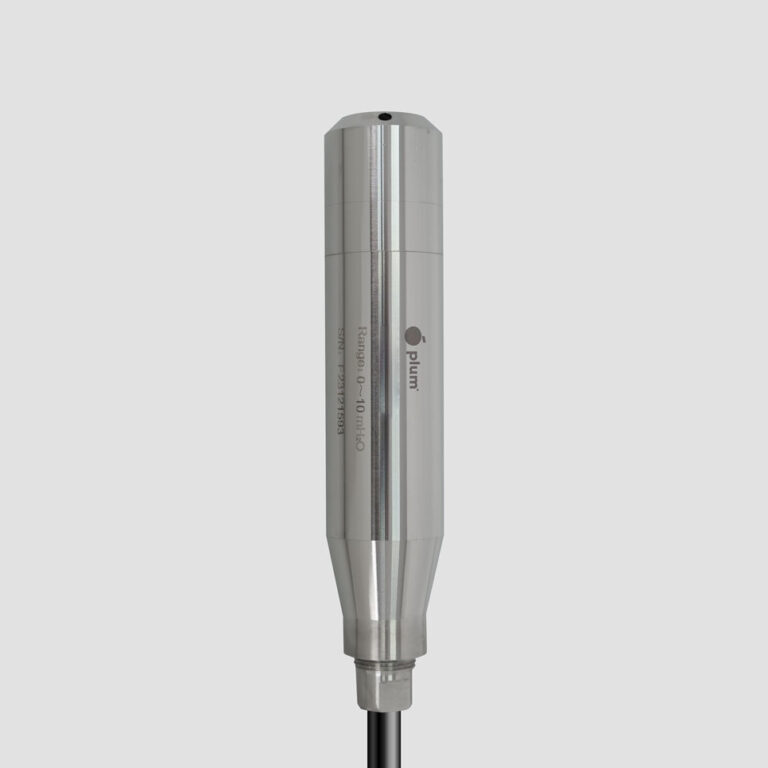water volume and pressure data logger MacR6 N
MacR6 N is a compact device which records pressure and the water flow.
It uses the current GSM network infrastructure for remote data transmission.
MacR6 N data logger can be mounted in the metering area
using cable connection. It is equipped with two configurable inputs
that can be used as:
- pulse inputs to connect water meters,
- pressure sensor inputs,
- digital binary inputs.
MacR6 N data logger transmits data remotely to eWebtel platform by default. Thanks to open protocol it can be adapted into other platforms.
Device is also equipped with an NFC interface for local configuration and reading of the device’s recorded data using the ConfIT! data loggers mobile application.
key benefits ofMacR6 N data logger
single type of the device with adjustable software to cover different measurement scenarios with water meters and pressure monitoring
mobility of the device and easy adjustment between GSM networks without losing any features
real-time water leak detection
fully adjustable logging properties like frequency of reporting, sampling, alarming thresholds
possibility to prioritize the alarms by giving them flags of only warning or alarm
communication in newest industrial transmission standards
can work as stationary data logger for local data collection by mobile phone
application of
MacR6 N data logger
two waydirection flow
Remote measurement and registration of two way direction flow with data record.
twowater meters
Remote measurement and registration of flow from two water meters.
water levermonitoring
Remote water lever monitoring.
pressuremeasurement
Pressure measurement before and after reduction.
other examples of installations with the MacR6 N data logger
benefits of digitising the water utility
reducing water losses
increasing the efficiency of work and personnel
generating more profit
secure data of critical infrastructure enterprise
dedicated solutions for the water supply network
The diagram presents comprehensive, dedicated solutions for the water supply network, illustrating how intelligent IoT modules integrate with the existing infrastructure. It shows the process of monitoring, detecting leaks, and analyzing data in real time, enabling network operators to effectively manage water consumption, minimize losses, and ensure the continuous operation of the system.



